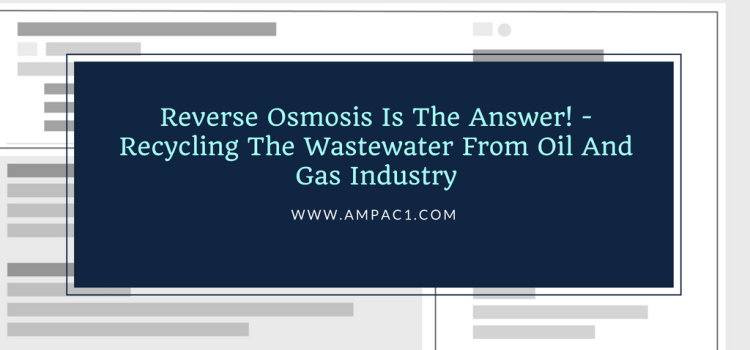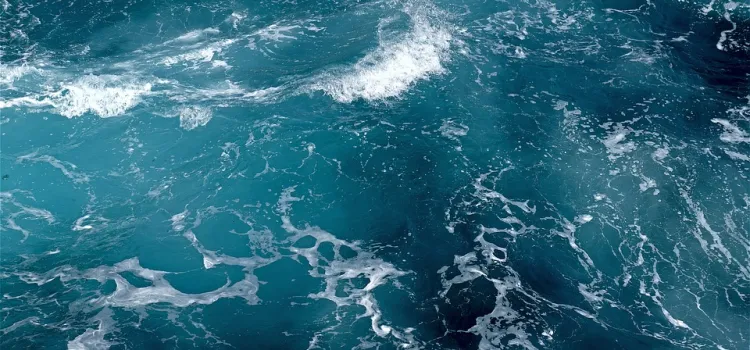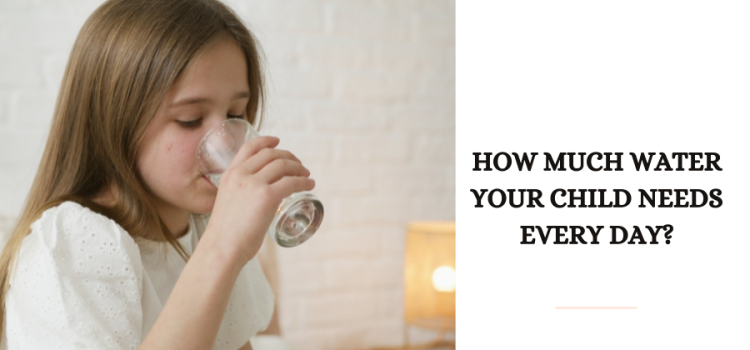Last updated on April 14th, 2025 at 12:08 pm
Reverse Osmosis sees a lot of applications in various fields. Not only is it used just for generating safe drinking water but also for generating required water profiles in industries and commercial businesses. The latest news suggests this process might now also have an application in helping out to recycle the wastewater formed by oil and gas industries.
The Oil & Gas Industry:
Worldwide, nearly 900 billion wastewater is generated by just Oil & Gas industry every year. Not only this contains various salts but also chemicals and pollutants that are deemed hazardous if they come in human contact. Currently, this is disposed of in wells which are deep underground so that they are as away from human touch and environment as possible. But, still, in certain parts of the world, its leakage to the surface is a problem. The industry is now looking forward to alternate ways of disposing of this in hopes of reducing costs. This can also be linked to the increased demand for water in drought-prone areas and the possible connection of these deep underground wells to earthquakes.
Alternate methods of disposal:
Air and Waste Management Association (AMWA) has a number of articles by scholars and experts that suggest that treating the wastewater and recycling it is the most viable options for getting rid of it. It is more feasible than underground wells that are posing to be a threat today. And one of the solutions to this is Hydraulic fracturing.
This is a water-intensive process that requires pressure to crack open obstacles in an oil well. Now, fracturing one such well requires 15 million gallons of water and for every barrel of oil produced 10 barrels of water go to waste. Therefore, recycling the waste product makes a good sense than just getting rid of it. This can help replace the demand for water needed for fracturing and relieving stress on local authorities to provide it, especially in drought-prone areas. Ideally, it can provide conventional and commercial feasibility that disposal wells cannot achieve.
This is a positive news, however, many are suggesting that the scope of this idea should not be taken beyond the field of oil and into crop irrigation. It usually contains higher TDS than any other supply and can pose a problem for farmers. This can be used but after careful treatment using seawater desalination technologies that will ensure safe water for watering cattle and irrigation purposes.
Reverse Osmosis in the picture:
This is a better option if one wishes to take the waste product in for recycling. However, the cost of this method is extremely high not to mention a number of reverse osmosis membranes that will have to be placed one after the other only to make sure not a drop on contaminant gets through. As mentioned before, the rejected product from Oil & gas industry is potentially radioactive and for it to be reused in agriculture, the cost of safety goes high up.
Studies have shown that even after the intricate process of purification, the resulting output shows signs of contaminants which is why the chance and risk is high. At a larger level, this option, therefore, cannot be undertaken until a better option comes along.
Recycling of the rejected product from the industry by hydraulic fracturing is the best idea we have today. But before extending its scope beyond the oilfields, the careful disclosure of the chemicals used, analysis, toxicity assessments and monitoring technologies are required. It has been concluded by experts all around the world that without making absolutely certain of these studies, undertaking using product water for nonindustrial purposes is highly risky and cost inhibitor.
Author’s Bio:
Ampac USA is a leading manufacturer of advanced reverse osmosis treatment systems. For over 30 years the company has been providing its customers and clients around the world solutions to their water treatment problems. With years of an impressive track record, Ampac strives to develop solutions to make reverse osmosis systems, advanced for improved quality and cost efficiency.









